Year 10+ Coordinate Geometry
Chapters
Systems of Linear Equations
Systems of Linear Equations
Linear Equations
Linear Equations are equations in which every term is either a constant or the product of a constant with a single variable
that is raised to the power \(1\). In 2-dimensional space, they
are the equations with graphs that are straight lines.
For example, these are all linear equations:
- \(y = x\)
- \(y = 3\)
- \(y = 3x + 4\)
- \(15 x = 6y + 7\)
- \(\dfrac{1}{3}\;y = 12 x - 6\)
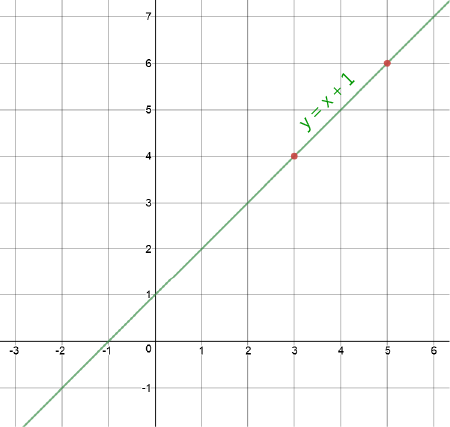
We can write linear equations in 2, 3, 4 or as many dimensions (or numbers of variables) as well like. They just have obey the rule that every term is either a constant or the product of a constant with a single variable that is raised to the power \(1\).
For example,
- \(x + y - 3z = 7\)
- \(2x + 3y - 4z + w = 5\)
- \(-3x + 5y + s + t + u = 15\)
- \(x^2 + y - 3z = 7\)
- \(2x + 3\sqrt{y} - 4z + w = 5\)
- \(-3x + 5y + zws + t + u = 15\)
The number of variables in the equations of the system determines the dimension of the space that they lie in.
In 3-dimensional space, linear equations can represent lines or planes:
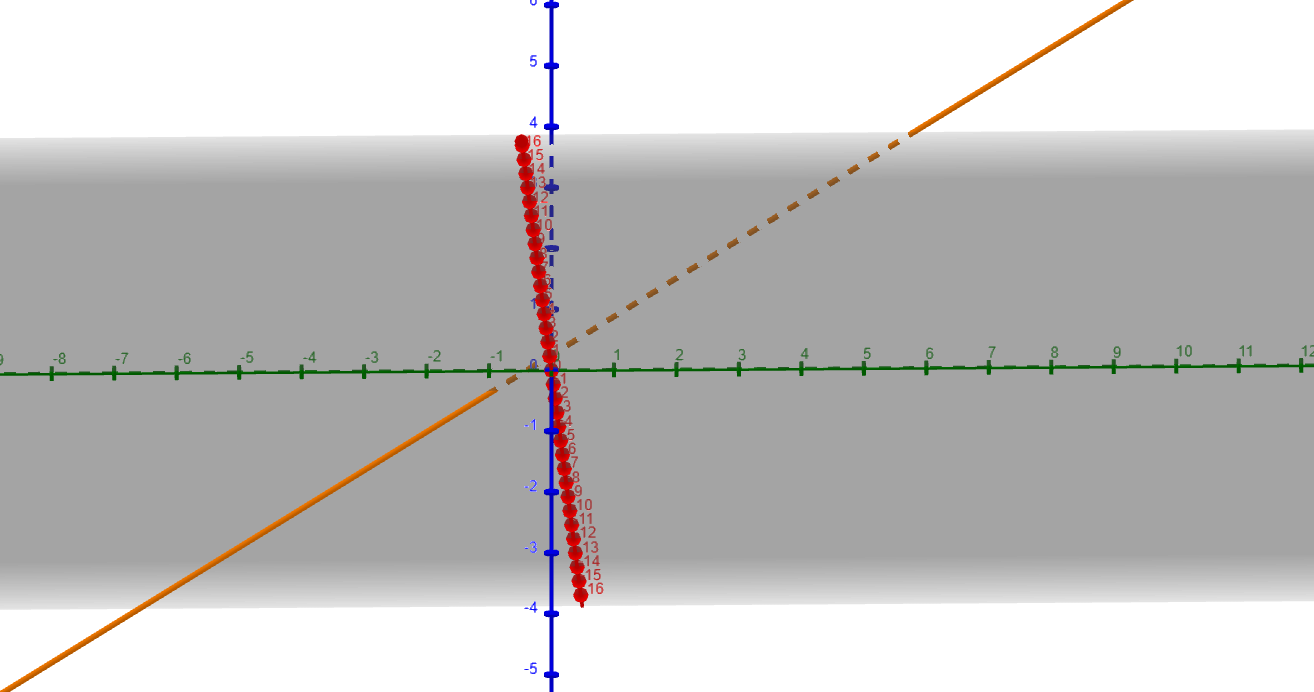
Systems of Linear Equations
Sometimes we might be asked to think about two or more linear equations at the same time. This is called a system of linear equations.
Example
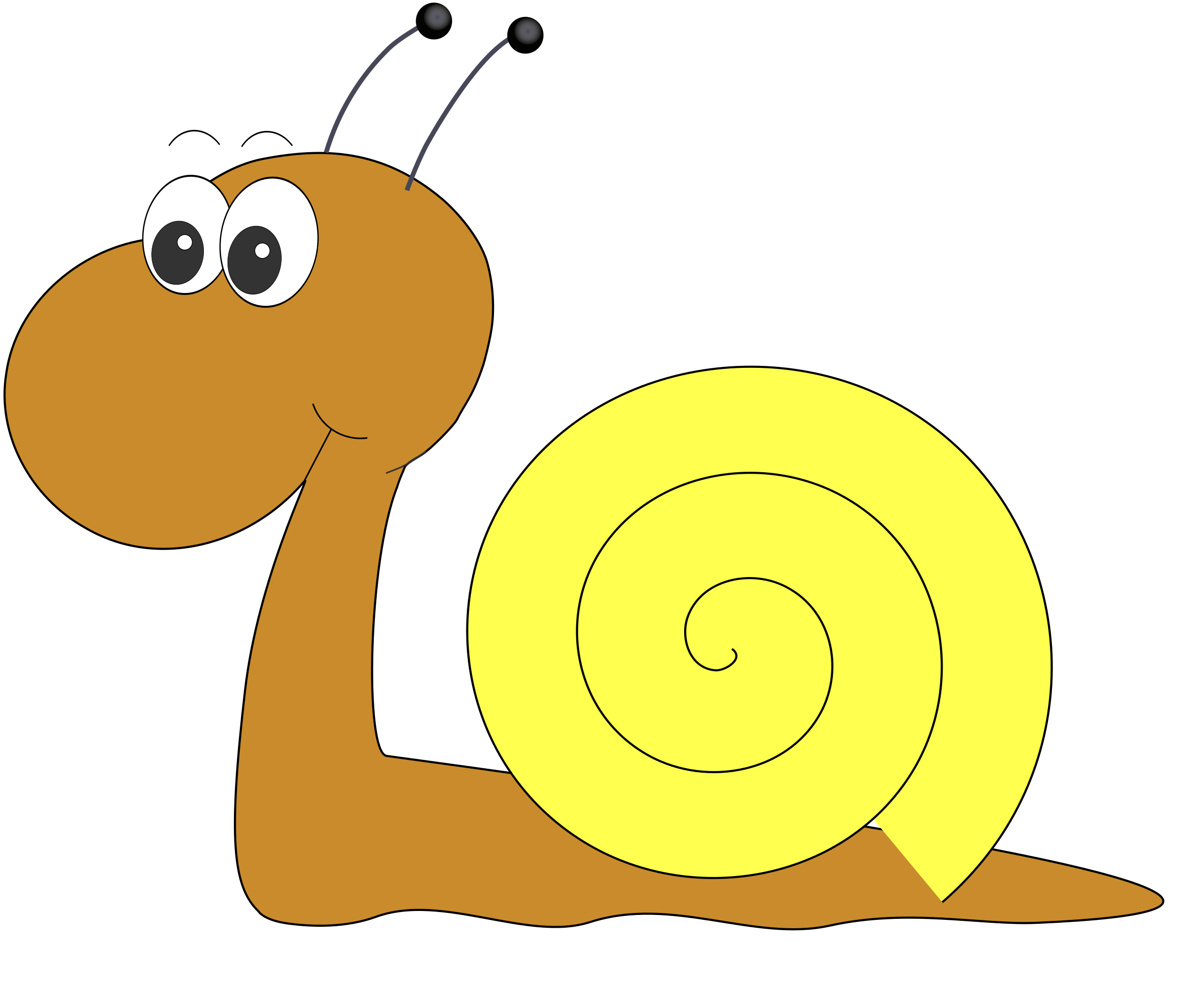
Gus the snail and his friend, Alyce, are gliding towards each other along straight lines.
- If Gus glides along the line \(y = 3x + 3\) and Alyce glides along the line \(y = 3x + 4\), will they crash into each other if they continue along their current routes?
- The next day, Gus glides along the line \(y = 3x - 3\) and Alyce glides along the line \(y = 2x + 1\). Will they crash into each other?
In each of these cases, we have two linear equations that we need to consider together to solve a problem. In other words, we have two systems of linear equations: one for each problem.
Each problem boils down to finding out if and where the straight lines corresponding to the linear equations intersect. Any points of intersection will need to satisfy all of the equations in the system. We call finding these points of intersection (if they exist) solving the system of linear equations.
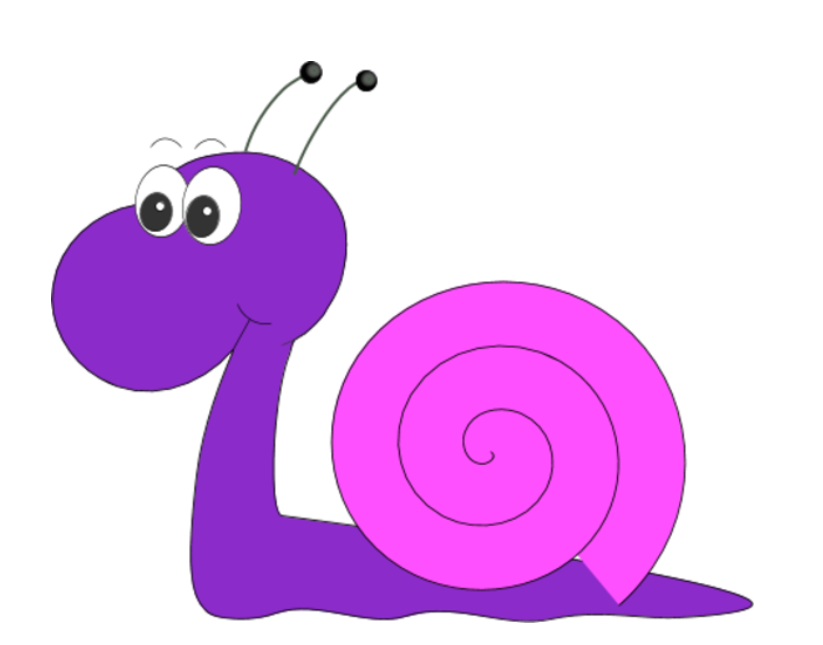
In order for a collection of linear equations to form a system, all of the equations must share the same (or at least some of the same) variables.
For example, here is a system of linear equations in 4 variables:
The above system of linear equations includes 4 equations in the 4 variables \(x,y,z\) and \(w\). They all share the same variables, but some of the variables are missing from some of the equations. This is fine: they are really there, they just have coefficients of zero.
Systems of linear equations can have any combination of numbers of equations and numbers of variables. There are no particular rules except:
- There must be more than 1 equation.
- All the equations must be linear.
- All the equations must share the same variables.
Let's talk about the sorts of solutions that a system of linear equations can have. A solution to a system of linear equations must satisfy every equation in the system.
Solutions of Systems of Linear Equations
As we said, the solutions of systems of linear equations correspond to points of intersection of the lines whose equations are the linear equations in the system.
Let's think about what can happen if we have two straight lines. For now, we'll just work in 2-dimensional space. How many points of intersection can they have?

- If the two lines are parallel, then they have no points of intersection as they never cross. The system of linear equations made up of the equations of the two lines has no solutions.
- The two lines might intersect at a point. The system of linear equations made up of the equations of the two lines has one solution.
- If the two lines intersect at more than one point, then they must be the same straight line. We say that the system of linear equations made up of the equations of the two lines has infinitely many solutions.
If a system of linear equations has no solutions, then we say that the equations are inconsistent: they can't all be
satisfied at the same time.
In all other cases, we have a consistent system of linear equations.
There are two more terms that are used when talking about systems of linear equations. These are independent (or linearly independent)
and dependent (or linearly dependent).
A system of linear equations is independent if each equation in the system provides new information: you can't build any of the equations out of the other equations in the system. A system of equations is dependent if it is not independent. I realise that's a double negative, but it's the best way to describe it. In other words, a system of equations is dependent if you can build one or more equations in the system out of the other equations in the system. Let's look at some examples.
Example 1
The equations
Example 2
The equations
Gus and Alyce
Now let's check out the situation with Gus and Alyce. There are two problems to consider:
- If Gus glides along the line \(y = 3x + 3\) and Alyce glides along the line \(y = 3x + 4\), will they crash into each other if they continue along their current routes?
- The next day, Gus glides along the line \(y = 3x - 3\) and Alyce glides along the line \(y = 2x + 1\). Will they crash into each other?
If we plot the graphs for question 1, we see that the two lines are parallel. So, the equations are inconsistent (they can't both be satisfied at the same time) and the snails will never collide:
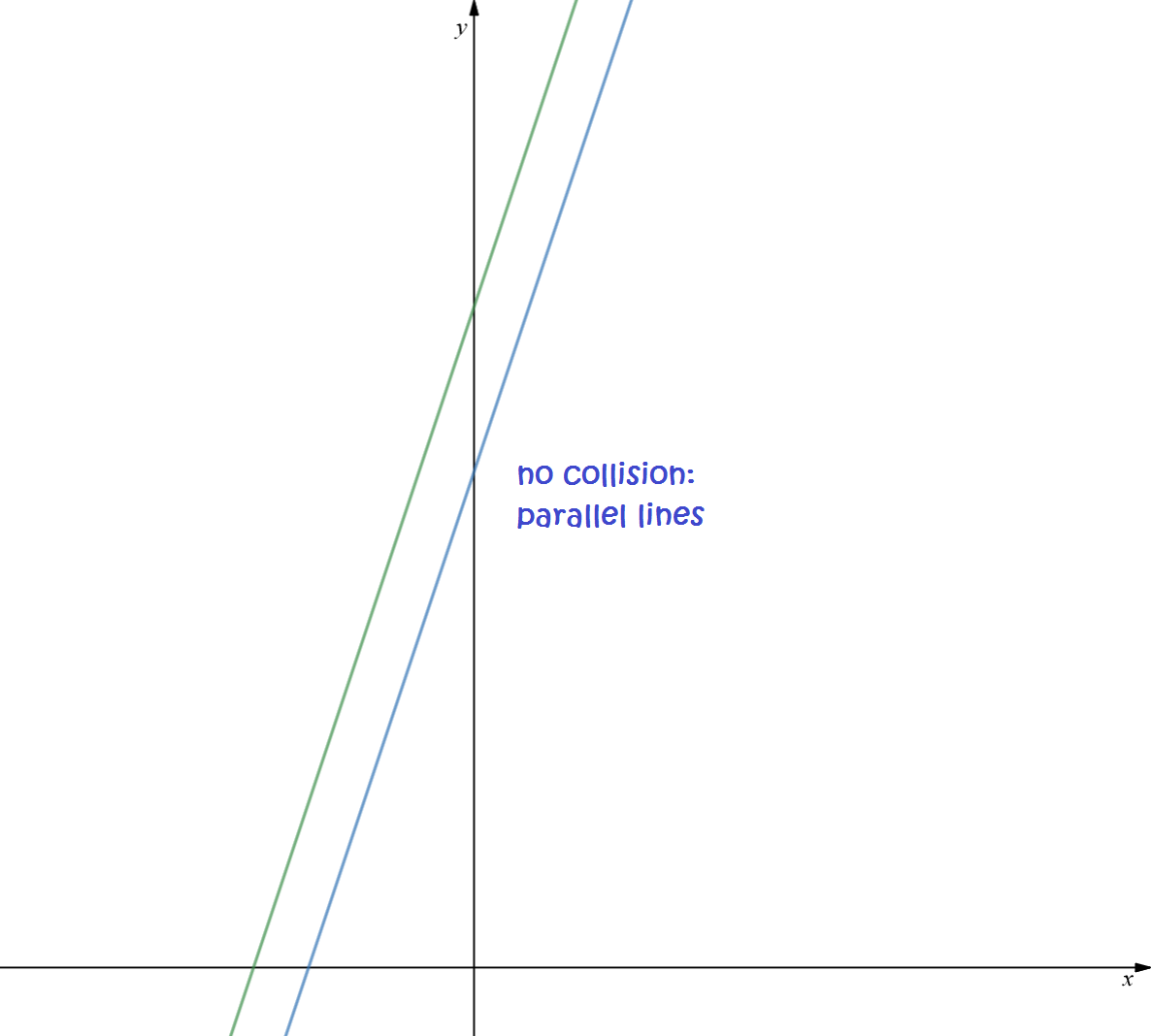
The situation is different in question 2. The two lines have a single point of intersection (the system is independent - both equations given new information) and the snails collide at that point:
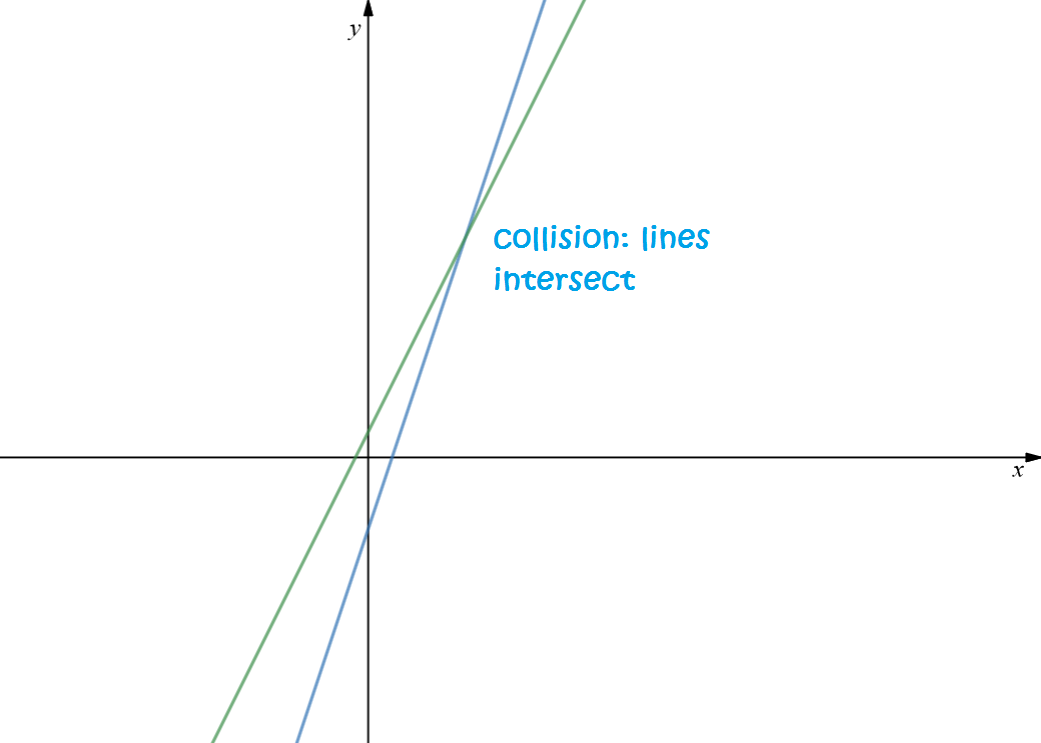
In fact, both of these equations are satisfied at the point where \(x = 4\) and \(y = 9\). We call the point \((4,9)\) the solution of the system of equations. This is the point at which Gus and Alyce crash into each other. I hope they're not going too fast!
When we have a system of two linear equations in two unknowns, we can often read the solution from their graphs (if we draw them carefully). Otherwise,
we need to use algebra. Two of the techniques that can be used for solving systems of linear equations are called substitution and elimination.
We'll talk about these in the articles about solving systems of linear equations by elimination and solving systems of linear equations by substitution.
Description
A coordinate geometry is a branch of geometry where the position of the points on the plane is defined with the help of an ordered pair of numbers also known as coordinates. In this tutorial series, you will learn about vast range of topics such as Cartesian Coordinates, Midpoint of a Line Segment etc
Audience
year 10 or higher, several chapters suitable for Year 8+ students.
Learning Objectives
Explore topics related to Coordinates Geometry
Author: Subject Coach
Added on: 27th Sep 2018
You must be logged in as Student to ask a Question.
None just yet!